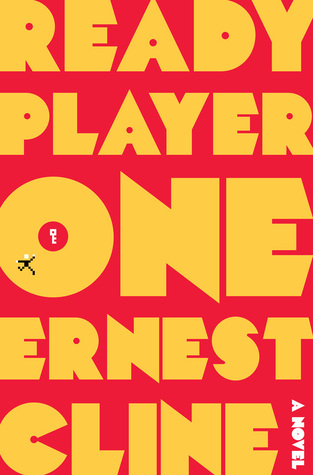“Sometimes dead is better”
Wow, Pet Sema tary by Stephen King really did live up to expectations. It’s scary as hell; personally the film also scared the crap outta me too.
tary by Stephen King really did live up to expectations. It’s scary as hell; personally the film also scared the crap outta me too.
In the introduction King writes:
‘When I’m asked (as I frequently am) what I consider to be the most frightening book I’ve ever written, the answer comes easily and with no hesitation: Pet Sematary.” (p.xi)
In fact the novel nearly wasn’t published, King continues:
“All I know is that Pet Sematary is the one I put away in a drawer, thinking I had finally gone too far” (p. xi)
Luckily for us, King had one book left on his Doubleday deal before he could leave, and instead of writing something new, he sent them Pet Sematary.
Now it’s being review by literaturefiend.
The novel follows Dr Louis Creed and family as they move into a new house in the small town of Ludlow. The house is on a main road and it isn’t long before Jud Crandall (a neighbor from across the road) warns the Creeds about the dangers of the passing trucks. Louis – whose father died when he was young – discovers a paternal connection with Jud. The role of the father is to protect, but it is Jud who shows Louis the Micmac burial ground which ultimately leads to the catastrophic events in this novel.
There is a path which leads from the Creed home to the Pet Sematary. This is a lovely concept, started by the town’s children to bury their beloved pets; the majority of which killed on the road by oncoming trucks. Death is something all children must come to terms with and you really feel their innocence with little devices, such as the misspelled Pet Cemetery sign which has an “S” instead of “C”. Also I loved the handwritten grave markers with little messages from the children:
“TRIXIE, KILT ON THE HIGHWAY SEPT 15, 1968” and “HANNAH THE BEST DOG THAT EVER LIVED 1929-1939” (P. 38)
Things are no different for the young Ellie Creed who takes her first visit to the Pet Sematary (and experience of death) pretty hard. She has a beloved cat named Winston Churchill (or Church for short) who she would like to live forever.
“He’s my cat! He’s not God’s cat! Let God have his own cat! Let God have all the damn old cats He wants, and kill them all! Church is mine!”
When Ellie’s cat is killed by a truc k, Jud tells Louis about the Micmac burial ground which lies beyond the Pet Sematary. This is a place of evil, a burial ground that somehow brings what is buried back to life – only when they return, they aren’t the same.
k, Jud tells Louis about the Micmac burial ground which lies beyond the Pet Sematary. This is a place of evil, a burial ground that somehow brings what is buried back to life – only when they return, they aren’t the same.
When Church returns King writes:
“The feel of the cat caused Louis to break out in gooseflesh, and he had to clench his teeth grimly to keep from kicking it away. Its furry sides felt somehow too slick, too thick – in a word, loathsome” (p. 162)
You get the idea right?
The book then gets even darker. Think of the horror, chasing your young son who is running towards the road, a speeding truck coming from the opposite direction. King explores this scenario when it happens to Gage Creed (Louis’ son); would you just accept it, or… exhume your sons grave, and bury him in a place where you know he’ll return?
Read it to see how it plays out…
The central theme of this novel focuses on coming to terms with grief and the loss of a loved one. There is Rachel Creed, haunted by the memory of her sister who suffered from spinal meningitis before her death; Pascow, a young student who is killed by a truck on the main highway to mention a few.
I can see how Pet Sematary scared King, as much of it is based on personal experience. His own child Owen running for that main highway (thankfully King tackled him in time), his daughter’s cat Smucky flattened by a truck (thankfully, not coming back from the dead) and the real Pet Sematary (thankfully, the burial ground beyond is fiction).
This all happened and I think it shows King’s creativity at its best. He certainly highlights the notion that “sometimes dead is better.”
Section that Stayed
A university student is brought into the campus surgery after being hit by a truck. The finality of this passage stayed with me throughout the whole novel.
“He was a young man, age approximately twenty, and it took Louis less than three seconds to make the only diagnosis that mattered: the young man was going to die. Half of his head was crushed. His neck had been broken. One collarbone jutted from his swelled and twisted right shoulder. From his head, blood and a yellow, pussy fluid seeped sluggishly into the carpet. Louis could see the man’s brain, whitish-gray and pulsing through a shattered section of his skull.”(p.70)
What did you think of the novel? As always Literature Fiend would love to hear any discussions points, or suggestions for further reading. Please contact us, or leave a comment below, it would be great to hear from you.















